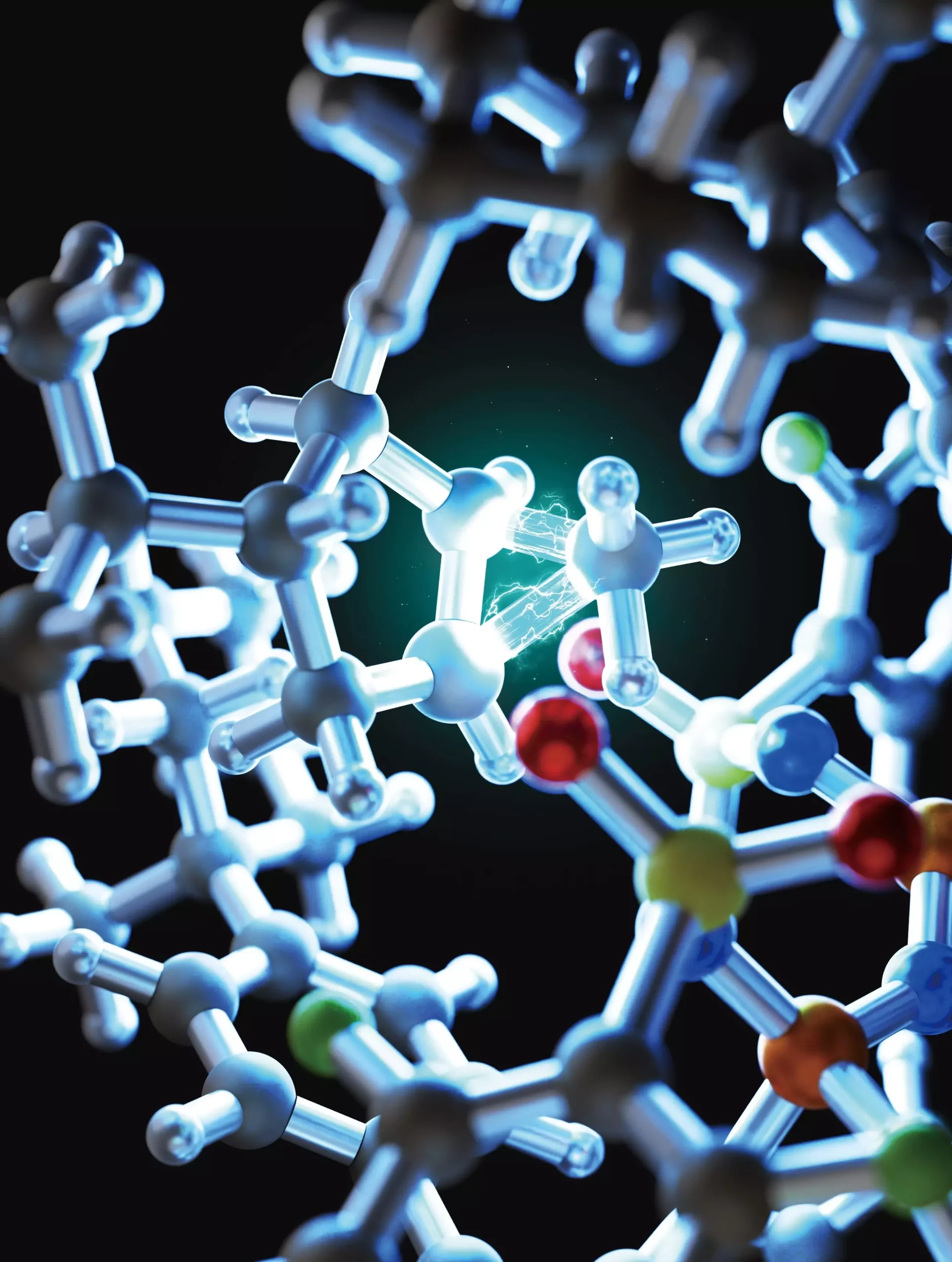In a remarkable development for organic chemistry, researchers from Hokkaido University in Japan have unveiled a groundbreaking method for activating alkanes—key compounds integral to the chemical industry. This novel procedure, detailed in the influential journal *Science*, not only simplifies the conversion of these crucial building blocks into valuable products but also promises to elevate the quality and efficiency of manufacturing critical components for medicines and innovative materials.
Alkanes, ubiquitous products derived from fossil fuels, serve as foundational elements in the synthesis of an array of chemicals and materials, including plastics, lubricants, and solvents. Despite their prevalence, the chemical inertness of alkanes presents significant hurdles. Their robust carbon-carbon bonds confer a high degree of stability that renders them resistant to many typical chemical reactions. Consequently, chemists have found it especially challenging to manipulate these compounds into more reactive forms suitable for downstream applications.
One of the solutions proposed involves the utilization of cyclopropanes—an intriguing subset of alkanes characterized by a three-membered ring structure. This configuration not only heightens their reactivity compared to their linear counterparts but also provides a more manageable pathway for chemical manipulation. Unfortunately, conventional cracking techniques aimed at breaking down longer-chain alkanes often result in a cacophony of products, making it difficult to isolate the desired end compounds.
The research team at Hokkaido University has identified a specific class of acids, confined chiral Brønsted acids known as imidodiphosphorimidates (IDPi), that have proven effective in circumventing the limitations posed by traditional methods. These acids possess remarkable proton-donating capabilities that play a pivotal role in activating cyclopropanes and enabling their selective fragmentation.
Advancements in the controlled environment provided by IDPi acids allow tighter regulation over the chemical reactions taking place. The ability to manage the reactivity within specialized microenvironments offers a dual benefit: it enhances the efficiency of the reaction and improves the selectivity of the products generated. As Professor Benjamin List, the study’s principal investigator, articulates, this method facilitates a meticulous approach to atom arrangement, crucial for applications where molecular form directly correlates with functionality—particularly in the pharmaceutical sector.
At the heart of this innovative methodology is the catalyst’s capacity to stabilize unique transient configurations produced during the reaction process. This stability effectively directs the reaction toward desired outcomes while minimizing unwanted byproducts that can complicate product isolation and decrease yield.
The research team’s success is attributed in large part to systematic refinement procedures applied to their catalyst structure, which has yielded significant improvements in reaction results. According to Associate Professor Nobuya Tsuji, one of the study’s co-authors, these modifications allowed for an uptick in the quantity of the desired products as well as the generation of specific molecular forms. Advanced computational simulations played a critical role in elucidating the interactions between the acid and cyclopropane, providing insights that help steer the reaction toward favorable pathways.
The implications of this research extend beyond the immediate scope of cyclopropane activation. The team successfully demonstrated the method’s applicability to various compounds, showcasing its potential in the conversion of more complex molecules. This pioneering technique serves as a gateway to enhanced chemical efficiency, significantly expanding the toolkit available for raw hydrocarbon transformations.
Ultimately, the ability to precisely dictate the molecular architecture in the final products could revolutionize chemical synthesis across a spectrum of industries, from pharmaceuticals that demand specific structural features to advanced materials requiring customized properties. With the ongoing refinement of this technique, Hokkaido University’s researchers are well-positioned to contribute substantively to sustainable chemical practices and innovative product development.


Leave a Reply